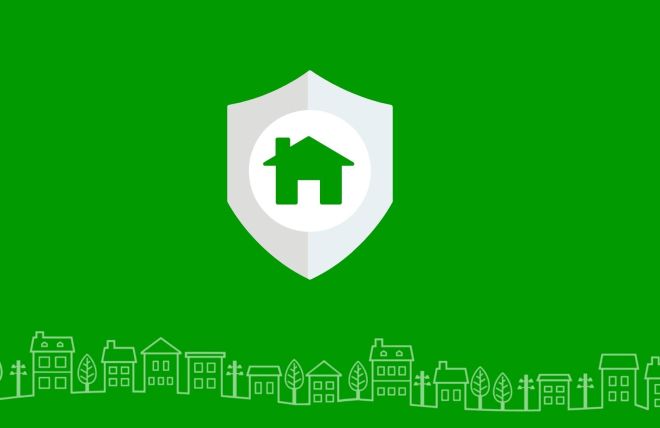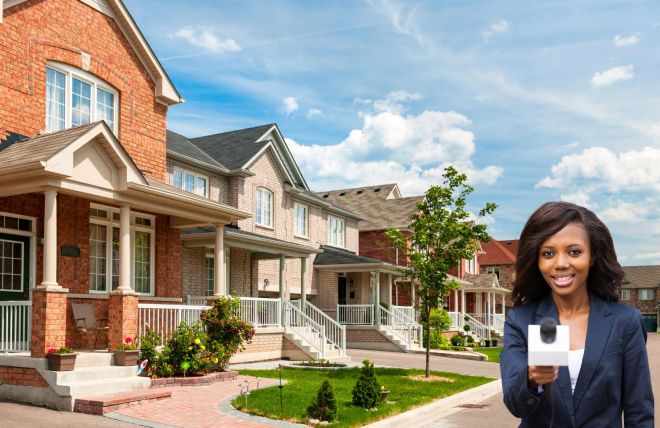In the landscape of Homeowners Associations (HOAs), the implementation of surveillance cameras is a topic that often sparks a complex dialogue surrounding security, privacy, and community living. As communities strive to create safer environments for residents, the adoption of surveillance technologies has become increasingly prevalent. This comprehensive guide aims to unravel the layers of understanding surveillance cameras within HOA environments, backed by meta data, statistics, and credible sources.
The Rise of Surveillance in HOAs: A Statistical Overview
Recent years have seen a marked increase in the integration of surveillance cameras in residential communities. A study by the National Association of Realtors revealed that nearly 47% of HOAs have now implemented some form of surveillance technology to enhance security measures. This statistic underscores a growing trend towards the adoption of advanced security solutions in community living spaces.
The Benefits of Surveillance Cameras
Surveillance cameras offer a multitude of benefits for HOA environments, including:
1. Enhanced Security
The primary advantage of installing surveillance cameras is the significant enhancement of security. Cameras act as a deterrent to criminal activities and provide a means of capturing evidence should an incident occur.
2. Peace of Mind for Residents
Knowing that their community is under surveillance offers residents peace of mind. It reassures them that measures are in place to ensure their safety and protect their property.
3. Dispute Resolution
Cameras can play a pivotal role in resolving disputes within the community, whether it involves incidents of vandalism, disputes between neighbors, or other community issues.
4. Compliance and Monitoring
For HOAs that have strict rules and regulations, surveillance cameras can help ensure compliance. They also allow for the monitoring of common areas to ensure they are being used appropriately.
Privacy Concerns and Ethical Considerations
While the benefits are clear, the installation of surveillance cameras in HOA environments also raises important privacy concerns and ethical considerations. The balance between ensuring security and respecting individual privacy rights is delicate. HOAs must navigate these waters carefully, implementing policies that are transparent and respect the privacy of residents. Guidelines must be established regarding where cameras are placed, how footage is stored and accessed, and how long it is kept.
Legal Implications
The legal landscape surrounding the use of surveillance cameras in HOAs is complex and varies by jurisdiction. It's crucial for HOAs to consult with legal experts to ensure that their surveillance practices comply with state laws and regulations. Notably, cameras should not invade areas where individuals have a reasonable expectation of privacy, such as inside their homes or in private backyards.
Best Practices for HOA Surveillance Implementation
To effectively balance the benefits of surveillance with privacy concerns, HOAs should consider the following best practices:
- Transparency: Clearly communicate with residents about the purpose, scope, and policies surrounding the use of surveillance cameras.
- Limitation: Place cameras only in common areas where security is a concern, avoiding private spaces.
- Data Protection: Implement strict policies on data access, storage, and deletion to protect the privacy of residents.
- Legal Compliance: Regularly review surveillance practices to ensure they comply with evolving laws and regulations.
Conclusion
The integration of surveillance cameras in HOA environments presents both opportunities and challenges. While they offer a powerful tool for enhancing security and peace of mind, it's imperative to approach their implementation with a keen awareness of privacy concerns and legal implications. By adopting best practices and fostering open communication, HOAs can create a secure and respectful community environment for all residents.
Sources
-
National Association of Realtors. (n.d.). Real Estate in a Digital Age. Retrieved from https://www.nar.realtor
-
Christopherson, M. (2021, October 1). Q&A Corner: 2021 Real Estate in a Digital Age report. National Association of Realtors. Retrieved from https://www.nar.realtor
-
RealTrends. (n.d.). Tech's Impact on Rise According to NAR's 'Real Estate in a Digital Age' Report. Retrieved from https://www.realtrends.com
-
McNease, P. (2020). What You Should Know About the NAR 2020 Report. RISMedia. Retrieved from https://www.rismedia.com
Our blog posts are created with the support of AI to complement our writers' expertise.







